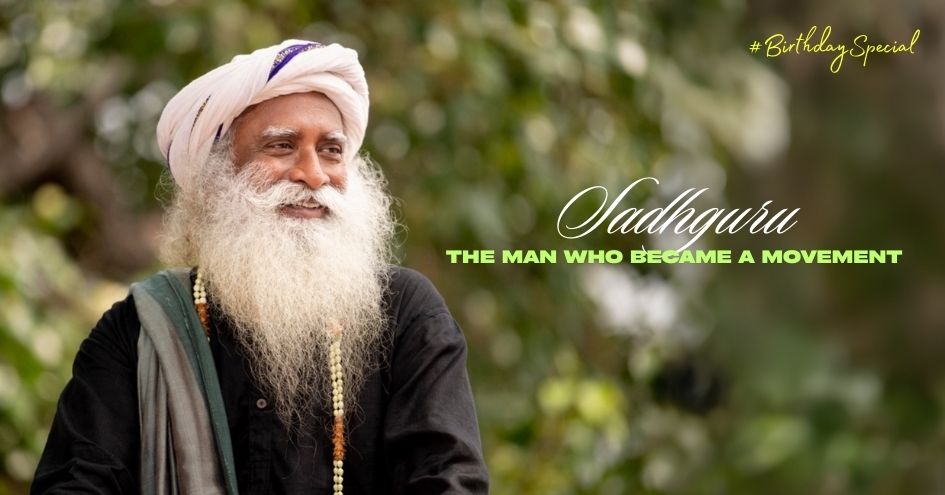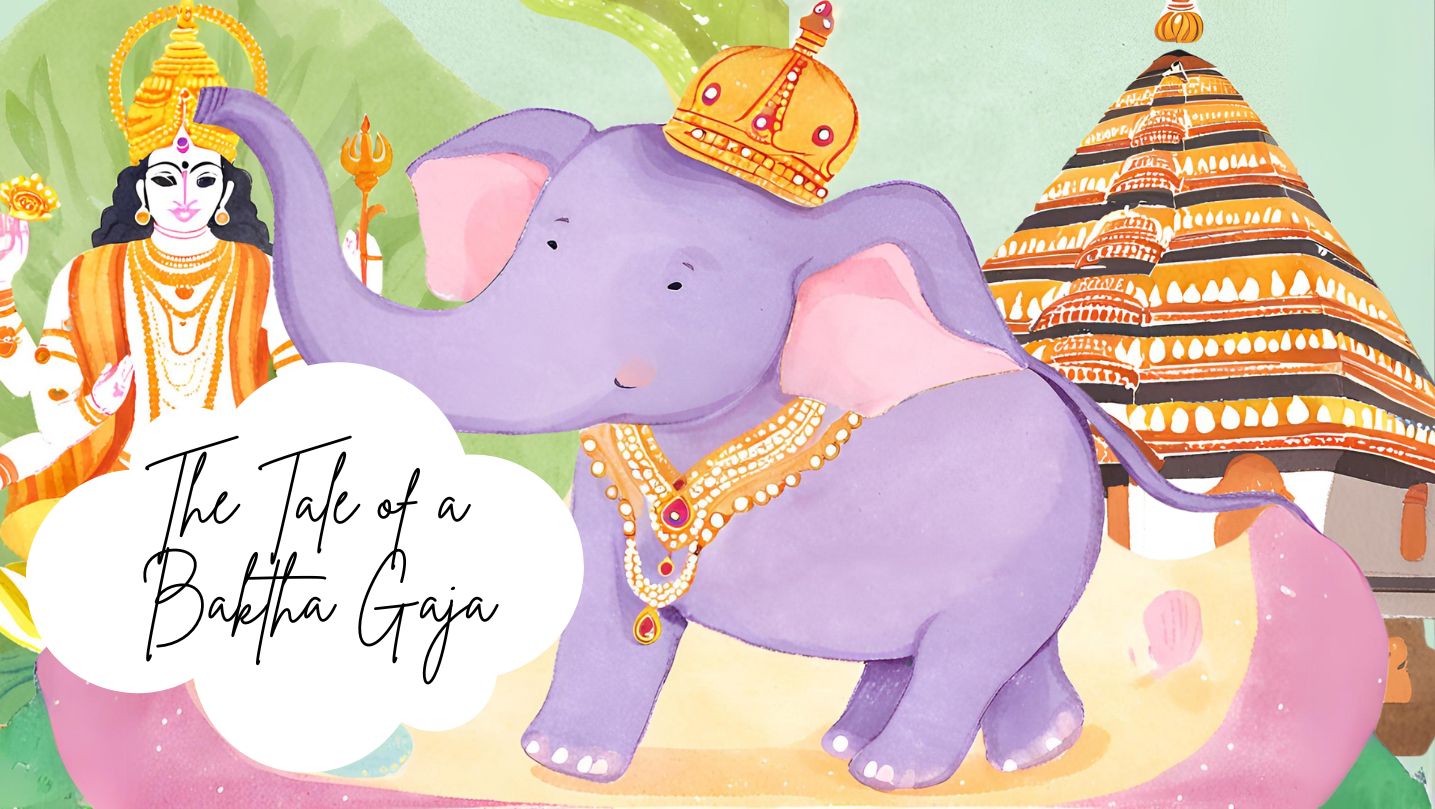
Jagadish Vasudev, known as Sadhguru, began as a mystic with a small following in Coimbatore. Today, he fills stadiums, speaks at Davos, sits with heads of state, and commands a digital following in the tens of millions. When a public figure like Sadhguru becomes highly influential, he naturally attracts both strong support and organised opposition. Sadhguru is not just a spiritual teacher — he has become a global influencer. He is also an environmental campaigner, spearheading initiatives like Rally for Rivers and Save Soil. As a social commentator, he is addressing topics like religion, governance, and policy. This makes him a figure who can shape public opinion on a massive scale, especially among youth.
But with influence comes scrutiny — and, increasingly, hostility. Over the last few years, a series of orchestrated campaigns has emerged online, attacking his credibility, questioning his initiatives, and casting him as a “front” for powerful interests. And anyone who has such influence inevitably becomes a target for interest groups who disagree with his views or fear his reach.
Why Certain Lobbies Attack Him
Like certain lobbies are attacking Dharmasthala in Karnataka, attacks on Sadhguru often seem coordinated — not just random criticism. The reason is that some groups are uncomfortable with his unapologetic celebration of Indian spiritual traditions and temples. He speaks about preserving culture and faith, which does not align with certain ultra-secular or anti-religious narratives. He challenges Western-style narratives that paint Indic traditions as regressive, which threatens academic and activist lobbies invested in those ideas. Though Sadhguru repeatedly clarifies that he is not politically aligned, his campaigns (like Cauvery Calling) sometimes receive government support. Opponents then paint him as “pro-establishment,” using him as a proxy target to attack the government indirectly. Lobbyists looking to weaken public trust in certain policies often discredit the most visible face associated with them.
Projects like Rally for Rivers and tree-plantation campaigns touch land-use policies, water rights, and industry interests. Some lobbies with commercial stakes may feel threatened if his campaigns push for reforms that affect their profits. This can result in funded disinformation or smear campaigns to discredit him and stall momentum. Just as with the campaigns mentioned earlier (against Dharmasthala, Sabarimala, etc.), social media makes it easy to spread AI-generated videos or selectively edited clips.
They succeed in amplifying hashtags through bots and troll farms. Well-known commentators or influencers with large followings pick up the narrative, often without verifying the source. They sustain a narrative until it “feels” like public opinion has turned. This can create a false perception that there is a widespread backlash, even if it’s artificially manufactured. Online portals and fringe news outlets pick it up, citing social media outrage as evidence, giving the campaign “legitimacy.”
The Broader Pattern
It’s telling that spiritual and cultural icons who revive interest in Indic knowledge systems — be it temples, yoga, or dharmic practices — often face well-funded campaigns.
The objective appears to be to discredit voices that promote civilizational confidence or national self-pride. By targeting figures like Sadhguru, such lobbies can erode trust in spiritual initiatives and weaken their public appeal. Sustained targeting of figures like Sadhguru is not just about one individual — it’s about the battle for narrative control in society. If such attacks succeed, it discourages other spiritual leaders or social reformers from taking up large-scale causes. It also polarises society, making people cynical about anyone who tries to do good work in the public sphere. Sadhguru is being targeted because he has influence, not despite it. Lobbies that dislike his message — whether for ideological, political, or economic reasons — see discrediting him as a way to blunt his impact. The goal is simple: erode trust, create confusion, and make followers doubt their own beliefs. The challenge for the public is to separate legitimate criticism from coordinated smear campaigns and to demand transparency about who funds and amplifies these attacks. Only then can discourse stay fair, and genuine debate replace manufactured outrage. This is not the work of a few disaffected individuals sitting in Dharmasthala or Bengaluru. The data footprint shows coordinated ad spend, influencer marketing, and bot activity — someone is paying for this. If this were simply about disagreeing with his environmental campaigns, the attacks would stop there. Instead, many campaigns target the very idea of temples, rituals, and dharmic traditions — questioning their relevance or painting them as regressive. This is not spontaneous outrage. This is campaign architecture — deliberate, professional, and sustained. Such campaigns don’t just hurt Sadhguru — they damage public discourse. Volunteers working for causes like Rally for Rivers face hostility.
Who is Funding Them?
The funding comes largely from three sources.
1. Ideological Foundations: Foreign-funded NGOs that are wary of the growing global influence of Hindu spiritual traditions.
2. Commercial Interests: Industrial lobbies that feel threatened by land-use or river-rejuvenation projects promoted by Sadhguru’s campaigns.
3. Political Operatives: Domestic players who see discrediting him as a way to dent the credibility of policies he has supported or governments that have partnered with his initiatives.
A Call for Transparency
If India is serious about protecting its democracy and civil society, there must be transparency in social media funding. Who is paying for ad campaigns targeting specific individuals? There must be stronger digital forensics to trace bot networks and coordinated disinformation operations. There should be nuanced public education to help citizens separate criticism from propaganda. Sadhguru may have the wisdom to weather the storm, but this story is bigger than one man. Today, it is Sadhguru. Tomorrow, it could be another spiritual leader, a scientist, a reformer, or even a temple.
“The danger is not that one guru’s reputation is attacked — the danger is that narrative warfare becomes the norm. If left unchecked, it can be used to destabilise governments, discredit social reformers, and divide society at will.” The question is no longer why Sadhguru is being attacked.
The real question is — who benefits when India’s faith, culture, and voices of reform are silenced?
 Wing Commander BS Sudarshan is a former Indian Air Force pilot with over 12,000 flying hours. He participated in Operation Pawan and Operation Cactus before he transitioned to civil aviation. A passionate writer, he has authored six books, including "Hasiru Hampe", appreciated by S L Bhyrappa, and the latest "Evergreen Hampi". He is a regular contributor to the Verandah Club.
Wing Commander BS Sudarshan is a former Indian Air Force pilot with over 12,000 flying hours. He participated in Operation Pawan and Operation Cactus before he transitioned to civil aviation. A passionate writer, he has authored six books, including "Hasiru Hampe", appreciated by S L Bhyrappa, and the latest "Evergreen Hampi". He is a regular contributor to the Verandah Club.
PREVIOUS ARTICLE
NEXT ARTICLE

In the lush, green heart of Kerala lived an elephant who became a living legend - a tale of an elephant turned into a bakth. His name was Keshavan, bu...

Bharat has exploded onto the world scene and made global news with its hard-hitting “Operation Sindoor” that struck at the heart of terrorism and laun...

In the bustling age of global trade, Boston—a thriving port city on America’s eastern coast—stood tall as a beacon of commerce. In the early 18th cent...